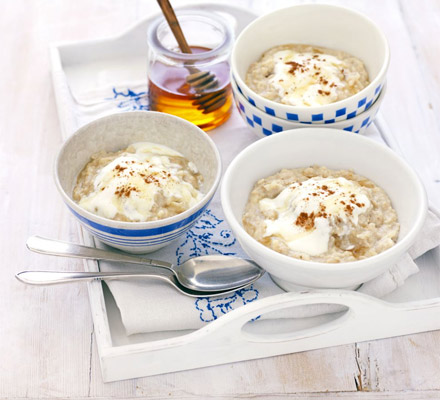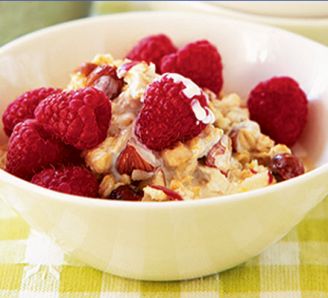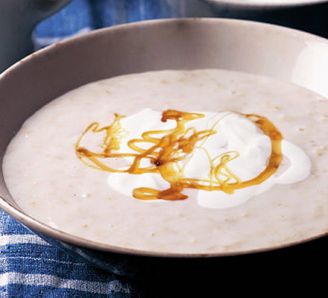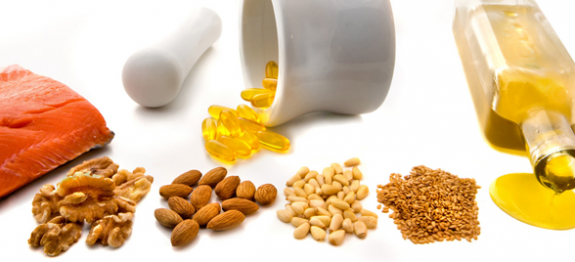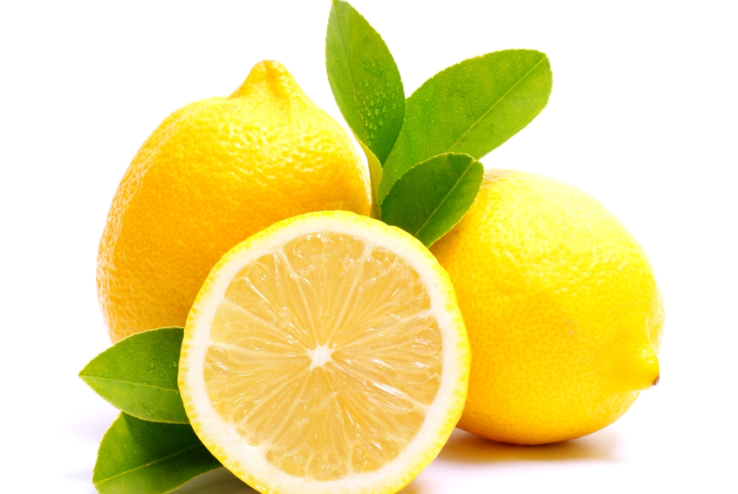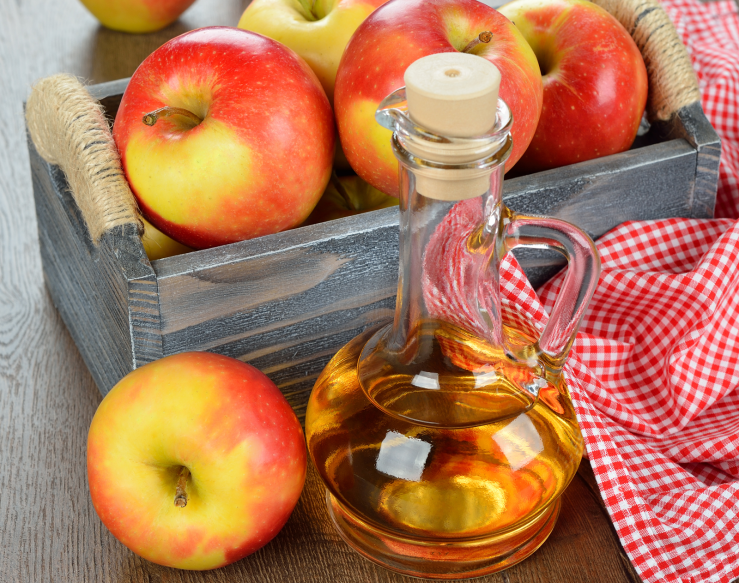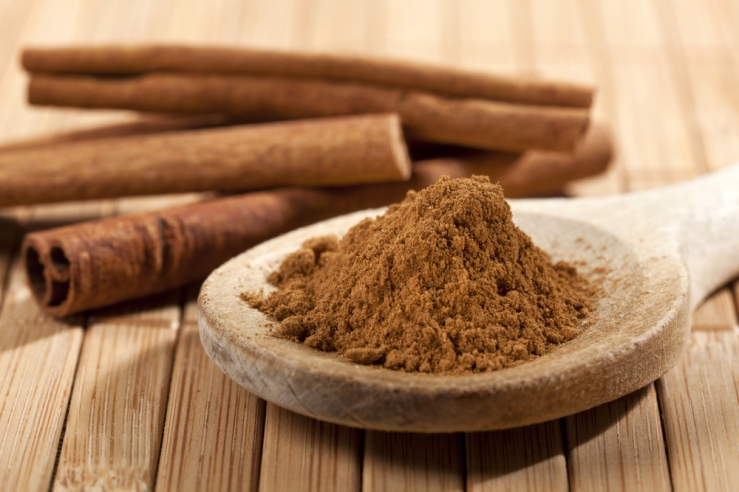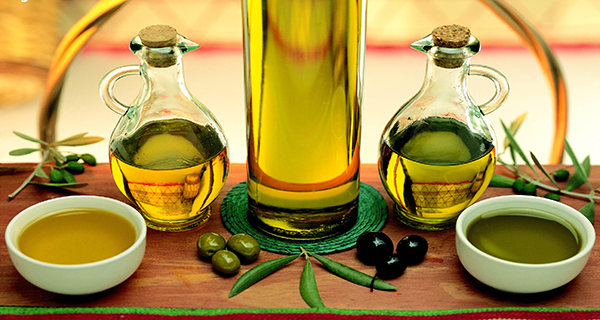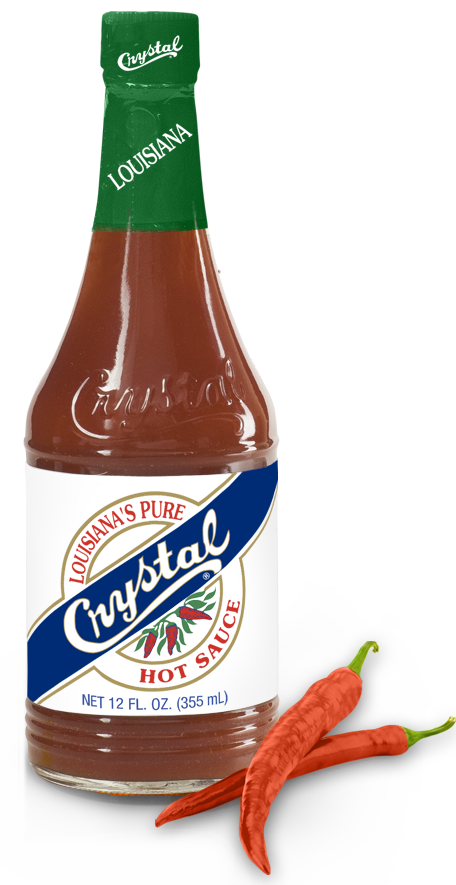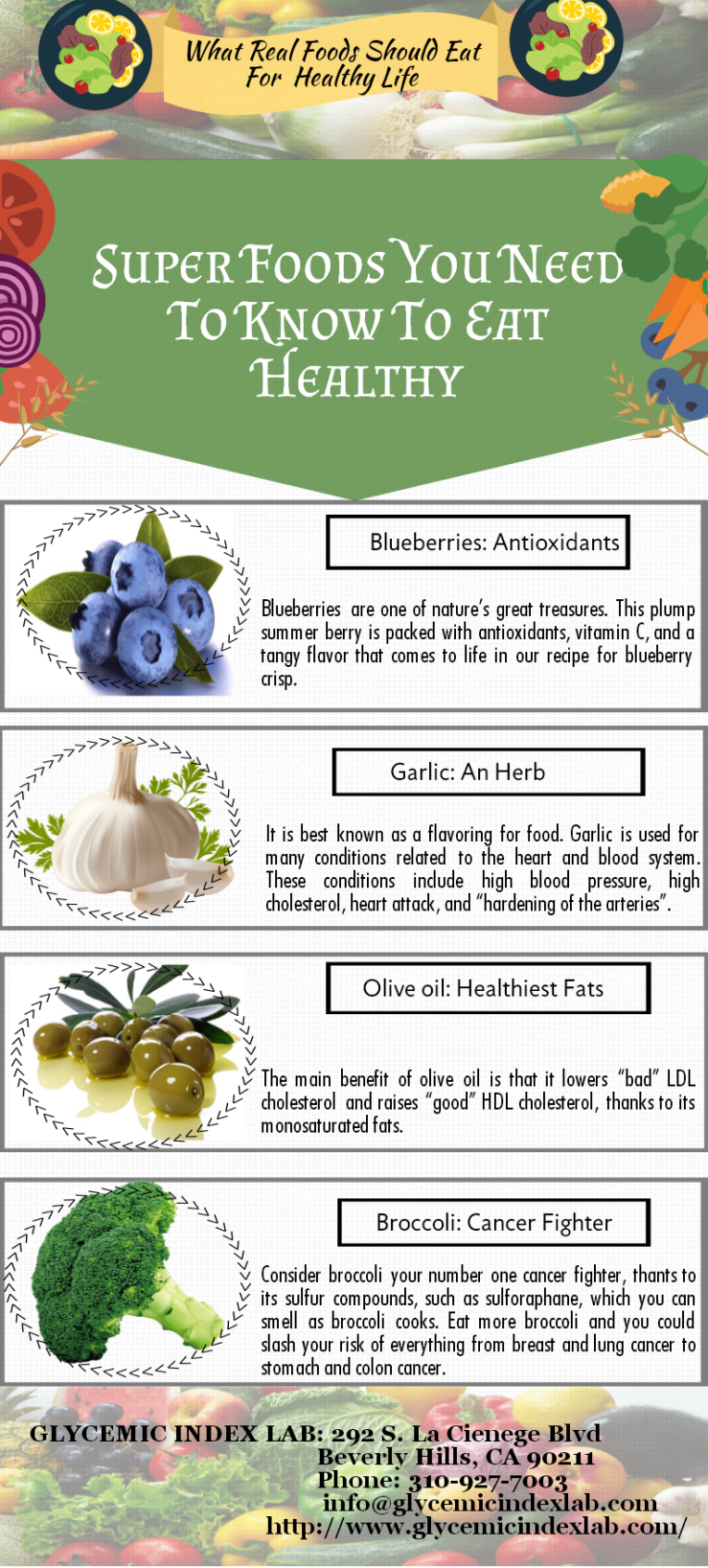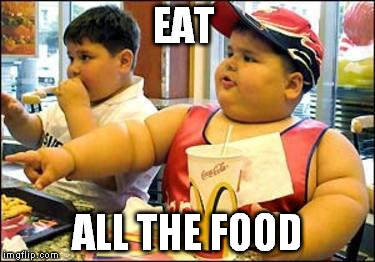Hello guys, Nice to meet you again! Low Glycemic Certification Lab believe that healthy living is fun. I hope you will like my latest blog. I am going to share some ideas to prepare low glycemic snacks. Always remember one thing “ To keep your blood sugar level stable throughout the day, it’s important to eat every 3 hours. You should eat snacks with some healthy protein. Snacks help satisfy appetite and provide energy between meals.
Here are some healthy snack ideas for great tasting.
- 1 sliced apple with 2 tablespoons peanut butter.
- 1 hard boiled egg and 1 cup raw veggies.
- ½ cup cottage cheese with herbs or salsa and 1 cup raw veggies
- 1/3 cup dried apricots with a handful of almonds
- 1 fruit with a handful of nuts
- 1 cup berries with ½ cup cottage cheese or Greek yogurt
- 1 cup sliced fruits with 3 tablespoons nut butter
- 1 cup berries with ¼ cup sunflower seeds
- 1 sliced apple sprinkled with ½ teaspoon cinnamon and ½ cup plain yogurt
- 1 cup sliced veggies with ¼ cup black bean dip
- 1 cup grapes with 2 tablespoons soft goat cheese
- 1 hard-boiled egg with 1 cup lightly steamed broccoli and/or cauliflower
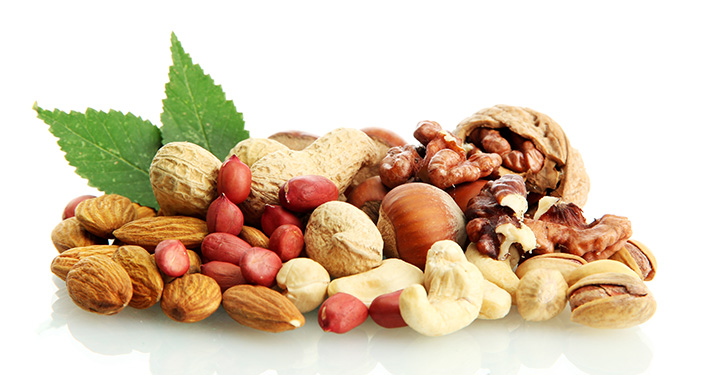
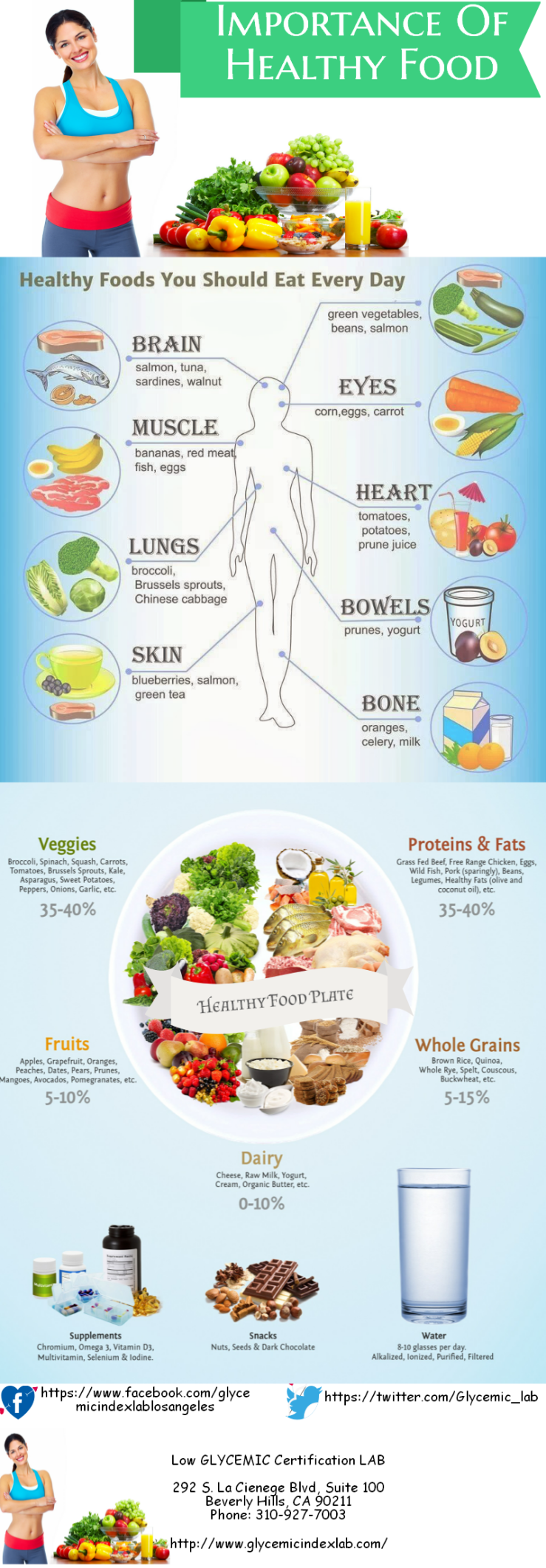
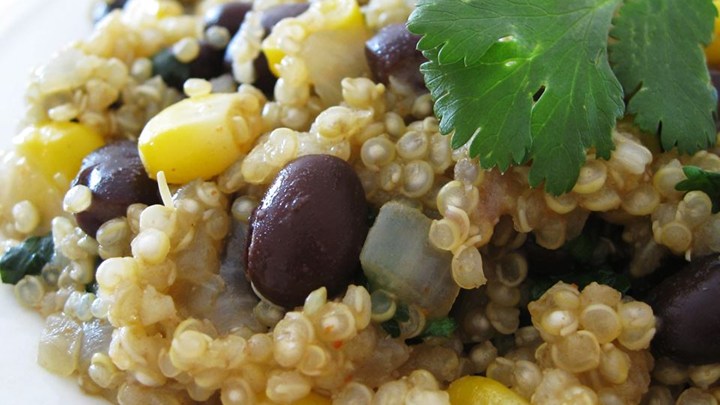 Directions:
Directions: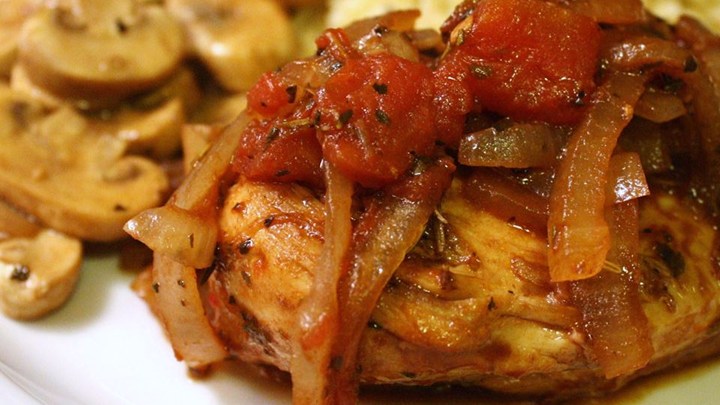 Directions
Directions